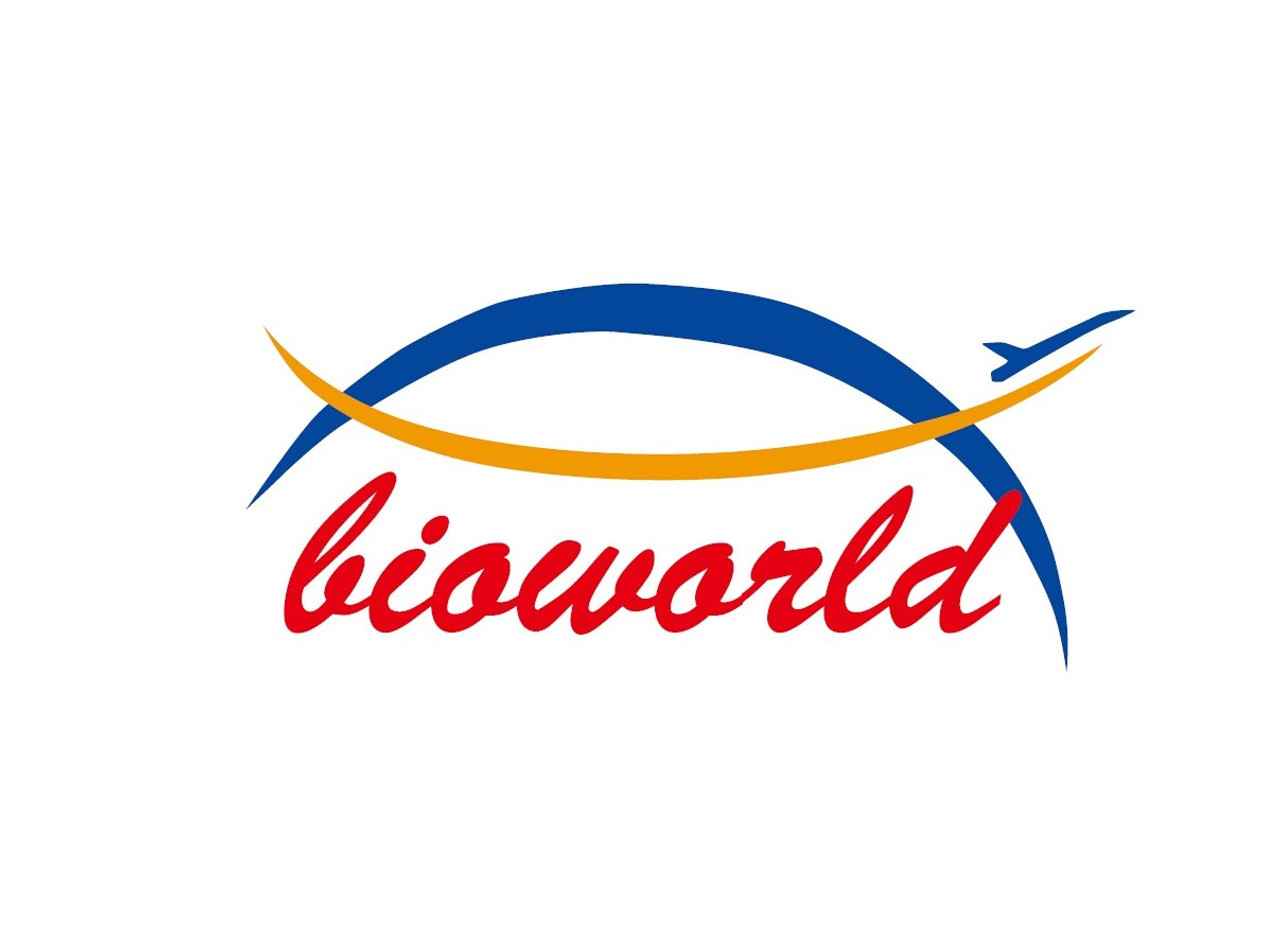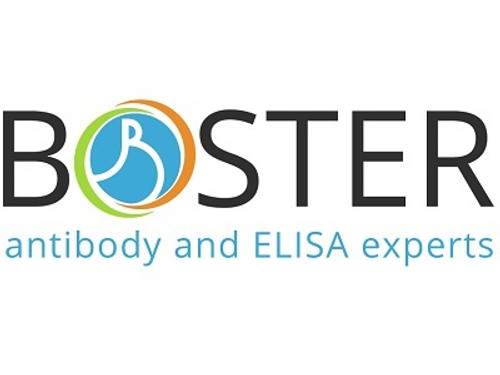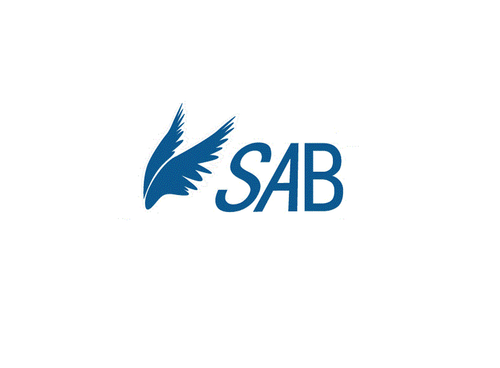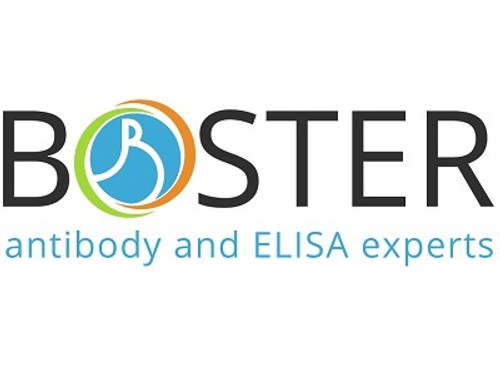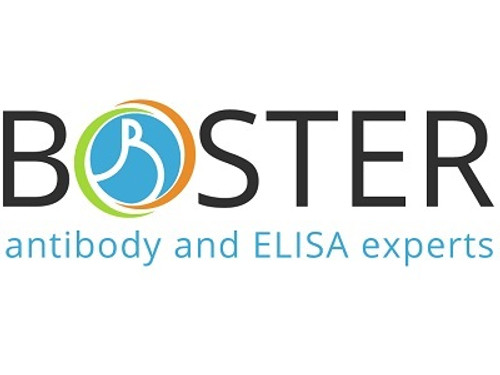Product Description
Integrin alpha 6 monoclonal Antibody | BS65510 | Bioworld
Host: Rabbit
Reactivity: Human, Mouse
Application: WB,IHC-P
Application Range: WB=1:500-2000 IHC-P=1:50-200 not yet tested in other applications. optimal dilutions/concentrations should be determined by the end user.
Background: Integrins are important extracellular matrix (ECM) receptor proteins located on cell surfaces. They are hetrodimers composed of an alpha and a beta transmembrane glycoprotein subunit. Around twenty two different integrins (different alpha/ beta subunit combinations) are found in nature. Integrins are generally present in high concentrations at the cell surface, but, unlike most other cell surface receptors, they bind ligands with very low affinity. Due to their weak individual binding, integrins need to cluster and bind in groups in order to effectively bind the ECM. Integrins bind many different ligands including laminin. Each integrin is made up of a large N terminal extracellular domain that binds the ECM ligand and a small C terminal cytoplasmic domain that mediates interaction with the actin cytoskeleton and signaling function. Integrin alpha 6 complexes are receptors for laminins, which are components of basement membranes. Integrin alpha 6 complexes may play an important role in embryogenesis.
Storage & Stability: Store at 4°C short term. Aliquot and store at -20°C long term. Avoid freeze-thaw cycles.
Specificity: Integrin alpha 6 monoclonal Antibody detects endogenous levels of Integrin alpha 6 protein.
Molecular Weight: ~120kDa
Note: For research use only, not for use in diagnostic procedure.
Alternative Names: Integrin alpha-6; Alpha6p; VLA 6 alpha subunit; VLA 6; VLA-6; Integrin α6; CD49 antigen-like family member F; CD49f; Integrin alpha6B; Integrin, alpha 6; ITA6_HUMAN; ITGA6; ITGA6B; Processed integrin alpha-6.
Immunogen: Recombinant Human Integrin alpha 6:1-100/1130
Conjugate: Unconjugated
Modification: Unmodification
Purification & Purity: affinity purified by Protein A
Pathway: Neuronal and Glial Cell Marker Atlas,
 Euro
Euro
 USD
USD
 British Pound
British Pound
 NULL
NULL

